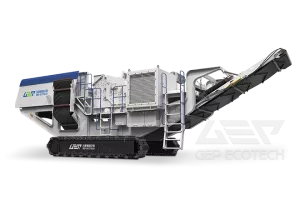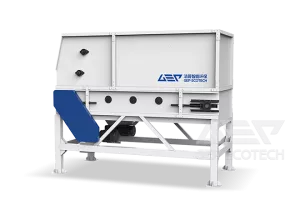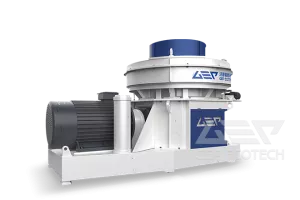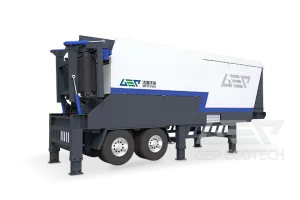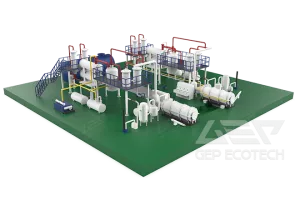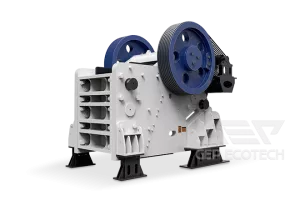Since President Xi Jinping announced at the 75th session of the United Nations General Assembly on September 22, 2020 that China will strive to peak carbon dioxide emissions by 2030 and strive to achieve carbon neutrality by 2060, the dual-carbon strategy can be implemented in our country. It has continued to occupy an important strategic position. From the national policy level to all walks of life, they are actively promoting the exploration of ways to achieve dual carbon goals.
As a large carbon emitter, the cement industry is naturally at the vanguard of reducing carbon emissions. There are many ways to reduce carbon emissions in the cement industry. There are many emission reduction methods in all aspects of cement production, such as combustion, raw materials, and fuel. Wait, let's talk about the fuel link today. The use of alternative fuels to reduce the carbon decomposed by coal combustion is already a feasible method recognized by the industry, so cement plants are also laying out alternative fuel production lines.

So how does an alternative fuel production line work? First of all, what are the raw materials used for alternative fuels? In my country, solid waste treatment has been developing, and it is considered a new treatment method to use them as alternative fuels. It can be said to kill two birds with one stone. Most urban solid waste can be made into alternative fuels, such as domestic garbage, industrial solid waste, bulky waste, biomass straw, decoration waste, etc. These raw materials can be used as alternative fuels.
Usually an alternative fuel production line includes these links: raw material collection, transportation, primary crushing, secondary crushing, screening, sorting, etc. Different materials have different processing methods due to their different characteristics. If it is relatively pure leather waste spinning scraps in industrial solid waste, it only needs two-stage crushing to meet the size requirements for entering the kiln. If it is more complicated domestic waste, in addition to crushing, manual sorting, mechanical screening and other processes are required. The impurities and metals inside are processed, the combustibles inside are sorted out, and the water content is also controlled, so as to meet the needs of burning in the kiln.
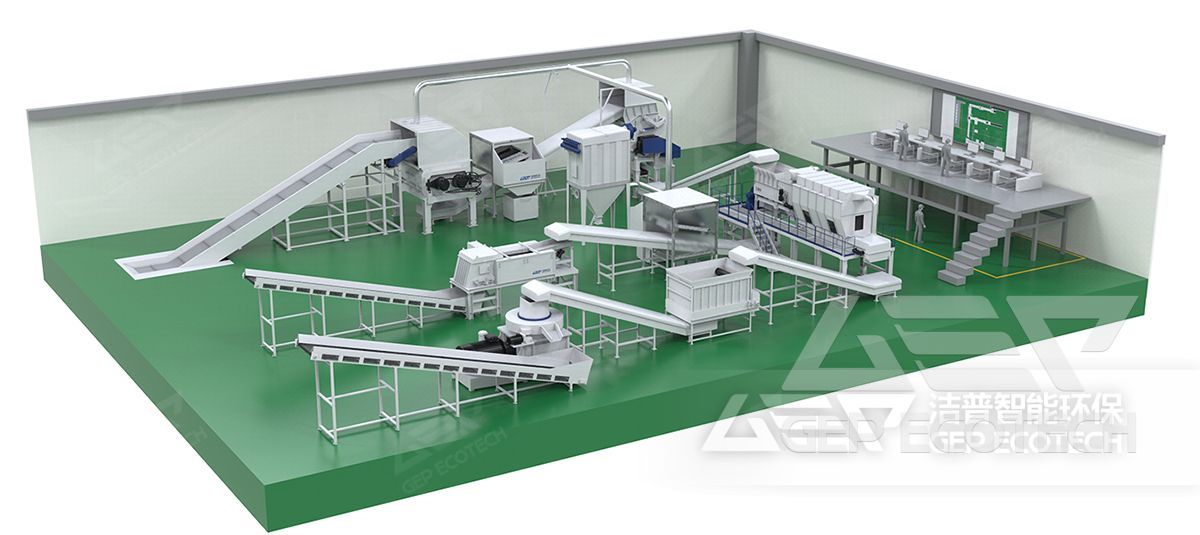
GEP ECOTECH has been accumulating technical experience and project cases in the preparation technology of cement kiln alternative fuels in the past few years. The management is to improve the performance of equipment to meet the continuous and stable operating conditions of cement plants, and has mature processing methods for various materials. Colleagues from cement companies are welcome to communicate with each other, jointly help the cement industry reduce carbon emissions, and make our contributions to building a beautiful earth.


